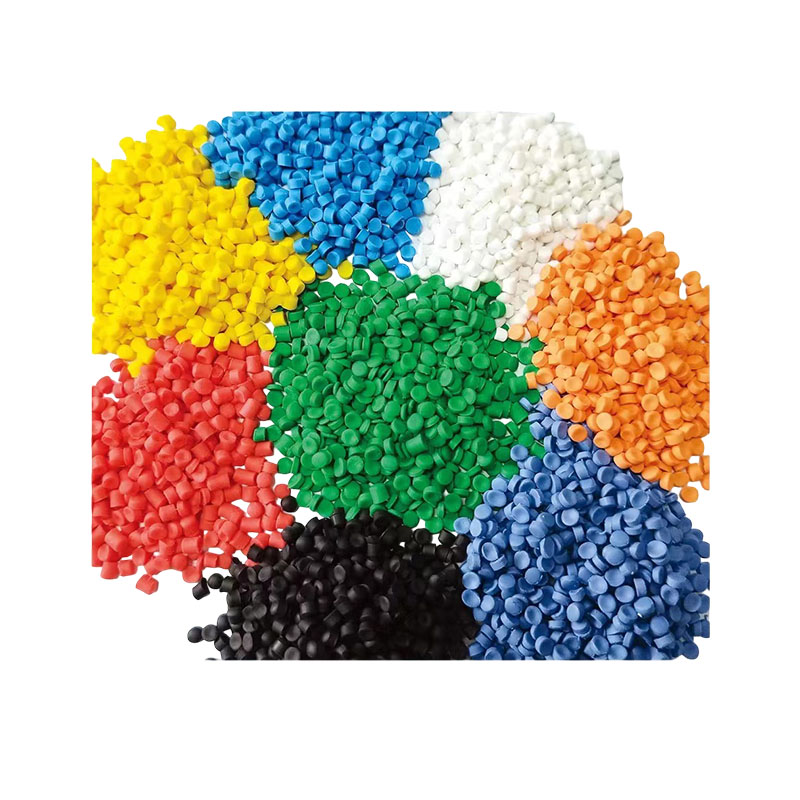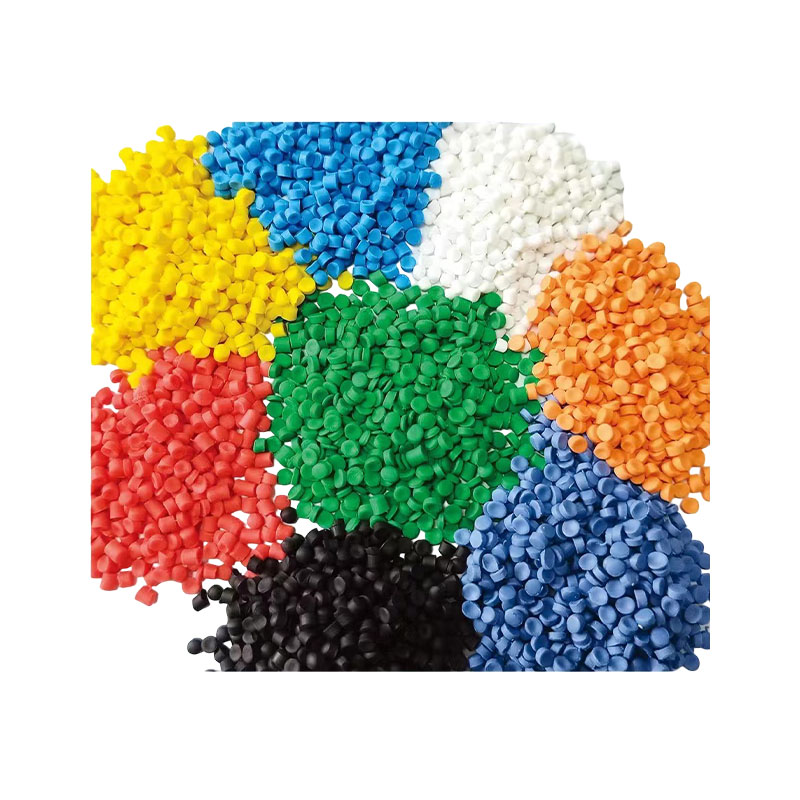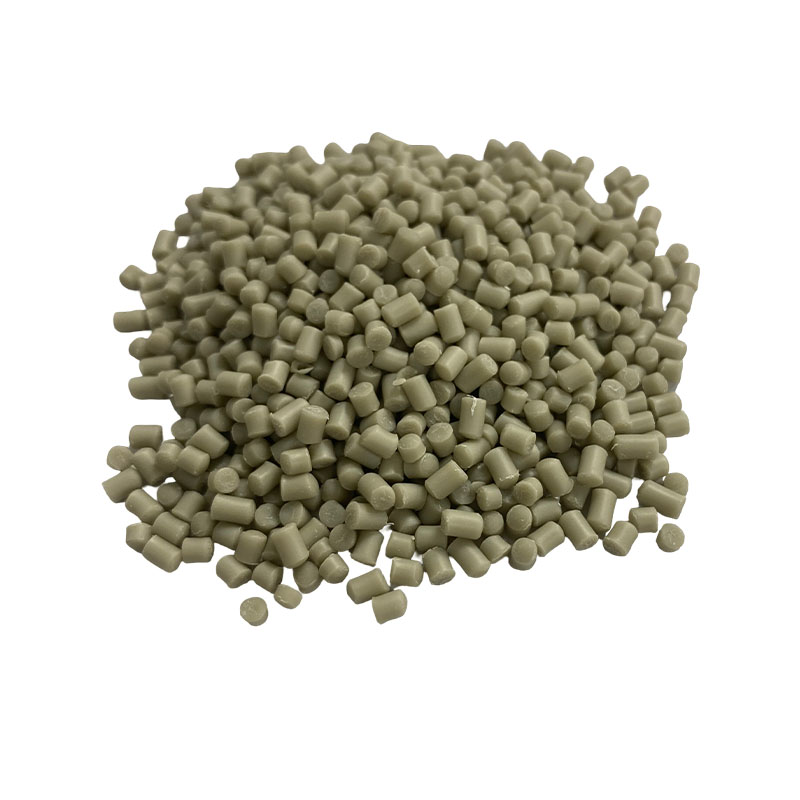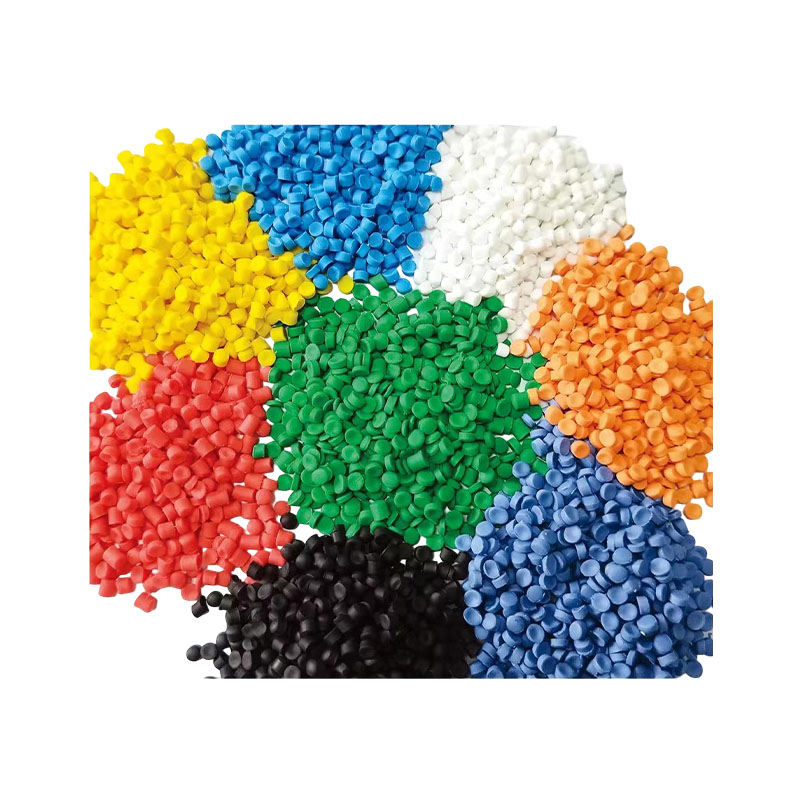-
2025-12-01 2025-12-01
How does the thermoplastic low-smoke halogen-free flame retardant cable material perform in terms of ozone resistance?
Antioxidants block the propagation of oxidation chain reactions by capturing free radicals or peroxides produced by ozone decomposition. -
2025-11-17 2025-11-17
How to improve the insulation performance of XLPE cable material?
For aging cables, local repair techniques can be used, such as injecting restorative insulation materials, to restore their insulation performance. -
2025-11-03 2025-11-03
How can the aging resistance of thermoplastic low-smoke halogen-free flame retardant cable material be improved?
Optimizing the mixing process to ensure uniform dispersion of flame retardants and avoid material degradation caused by local overheating is also key to improving aging resistance. -
2025-10-20 2025-10-20
How to quickly repair damaged wires with heat shrink tubing?
Whether it's frayed wiring on home appliances, exposed plug connectors, or scratched cables on outdoor equipment, exposed metal conductors not only unsightly but also pose a risk of leakage, short circuits, and even electric shock. -
2025-10-08 2025-10-08
How does the glass transition temperature of vitrified polyolefin cable material affect its temperature resistance?
Plasticizer molecules are inserted between polyolefin chains, increasing the free volume and weakening the intermolecular forces, making the chain segments easier to move. -
2025-09-25 2025-09-25
What is the quantitative impact of the cross-linking degree of xlpe cable material on its electrical properties?
In terms of dielectric properties, the increase in cross-linking degree usually causes the dielectric loss tangent value of XLPE cable material to show a trend of first decreasing and then increasing.







